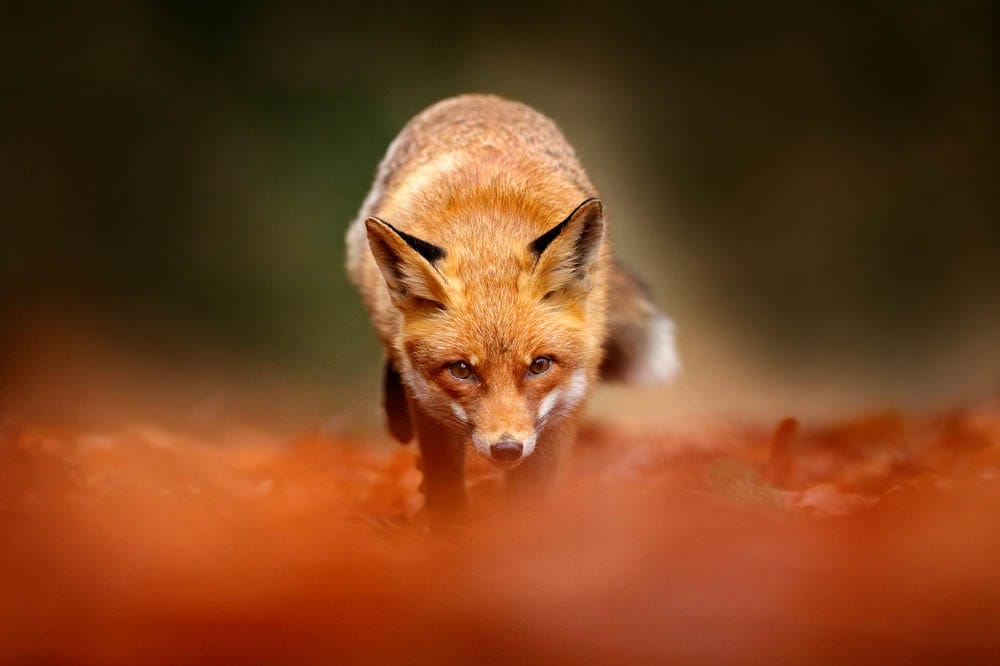
In the world of wildlife photography, they are only a few creatures that are elusive Foxes. If you want to know how to photograph foxes stick around for a little while longer.
Their graceful movements, rich-coloured fur, and piercing eyes make them a favourite subject for wildlife photographers.
However, photographing these cunning and swift animals requires patience, skill, and a deep understanding of their behaviour. In this article, I will show you how to photograph foxes, from locating them in the wild to capturing stunning images that showcase their beauty and unique characteristics.
Before embarking on a fox photography expedition, it is essential to learn about their behaviour, habits, and habitats.
Familiarise yourself with different species of foxes and their specific traits, as this knowledge will aid you in anticipating their movements and capturing remarkable shots.
Research the regions known for fox populations and identify specific areas or habitats where they are likely to be found. Collaborate with local wildlife experts, browse online forums, and consult field guides to gain insights into the best locations for photographing foxes.
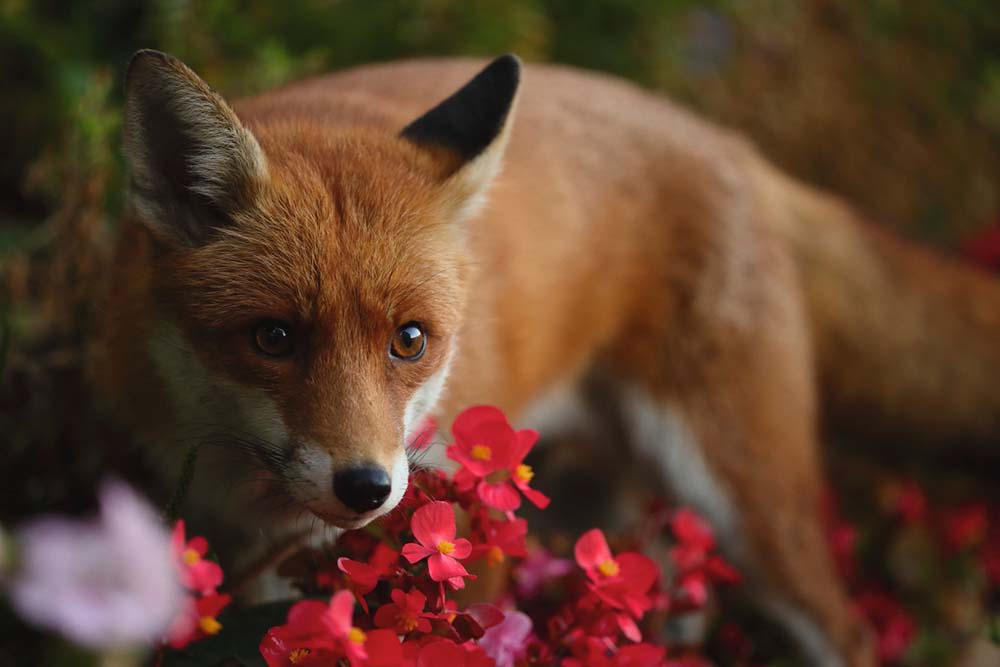
Choose a camera with a fast burst rate, capable of capturing rapid movements. A telephoto lens (300mm or longer) will help you maintain a safe distance while photographing foxes in their natural environment without disturbing their behaviour.
A good tripod or monopod will provide stability during long waits. Consider using camouflage clothing, blinds, and remote triggers to blend into the environment and increase your chances of capturing intimate moments without alarming the foxes.
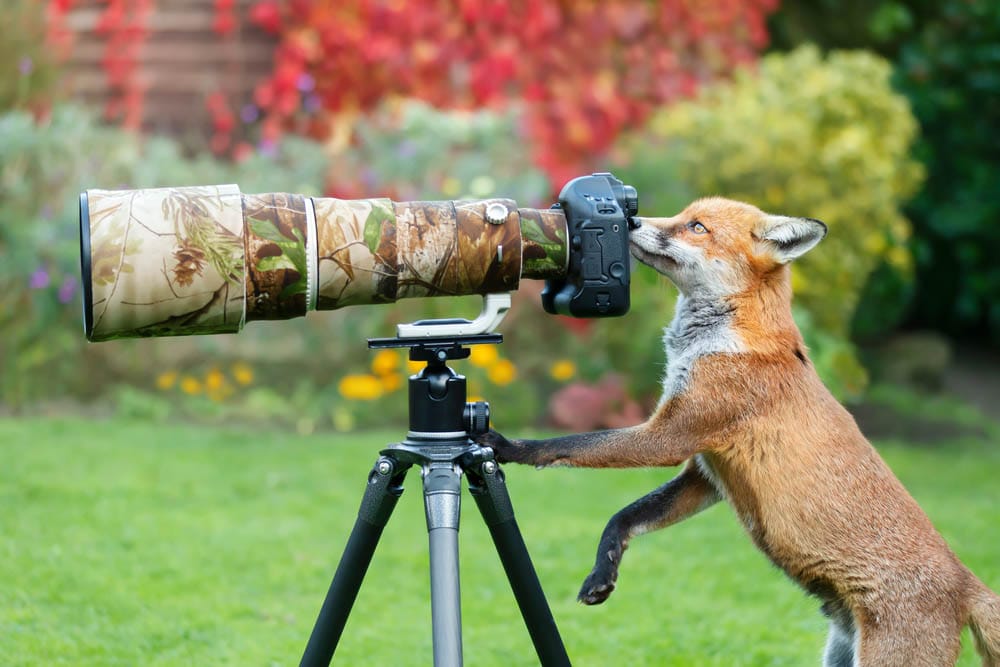
Aperture Priority (A or Av) Mode: This mode allows you to control the depth of field while the camera automatically adjusts the shutter speed for proper exposure. Choose a wide aperture (small F-number) to create a shallow depth of field. This will isolate the fox from the background and create a pleasing bokeh effect.
ISO: Use the lowest ISO setting possible to maintain the best image quality and reduce noise. Start with a low ISO setting (100 or 200) and increase the ISO gradually, if needed.
Shutter Speed: Foxes are often quick and agile, so it’s important to use a fast shutter speed to freeze their motion and capture sharp images. A general guideline is to use a minimum shutter speed of 1/500th of a second or faster.
Autofocus (AF) Mode: Set your camera to continuous autofocus (AI-Servo for Canon or AF-C for Nikon) to track the moving fox effectively. This mode helps maintain focus as the fox moves within the frame, ensuring that your subject remains sharp.
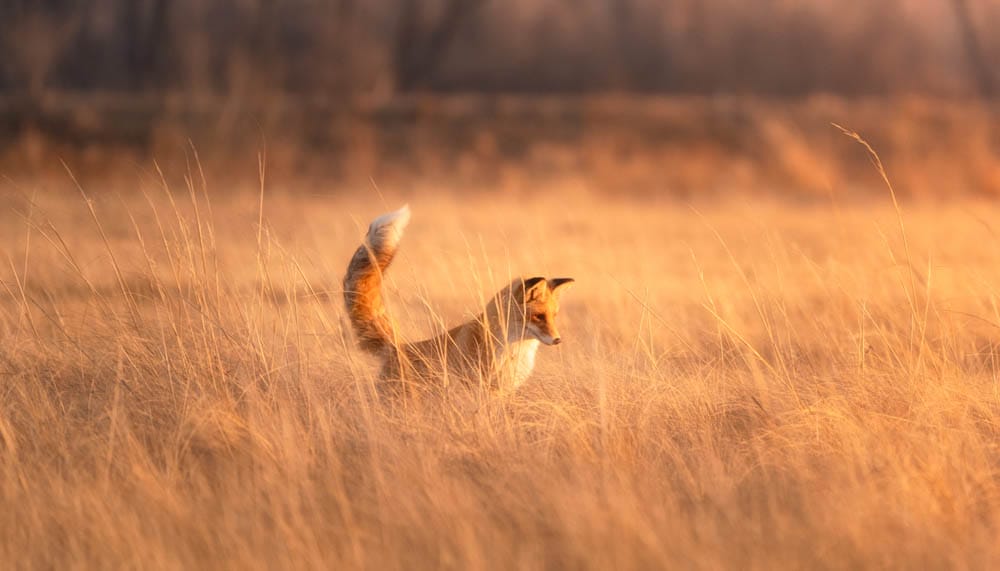
Metering Mode: Choose evaluative or matrix metering mode to allow the camera to evaluate the overall scene and determine the appropriate exposure settings based on the various lighting conditions.
Burst Mode: Enable the burst or continuous shooting mode to capture a rapid sequence of images. This drive mode is especially useful when photographing action or fast-moving foxes, allowing you to choose the best frame from a series of shots.
Image Format: Shoot in RAW format if possible. RAW files contain more information and provide greater flexibility during post-processing, allowing you to adjust exposure, white balance, and other settings without significant loss of image quality.
Ethical wildlife photography should always prioritise the well-being and conservation of animals. Maintain a respectful distance, avoid interfering with their natural behaviour, and never bait or feed them for the sole purpose of photography.
Foxes are known for their elusiveness and nocturnal activity. Be prepared to spend long hours in the field, observing their habits and patiently waiting for the perfect moment to capture an extraordinary shot.
Optimal lighting conditions greatly enhance the visual impact of your photographs. Get out shooting during the golden hours (after sunrise or just before sunset) when the light is soft and warm, casting a magical glow on the fox.

Apply the rule of thirds to create visually appealing compositions. Position the fox off-centre, using the remaining space to capture its surroundings.
Incorporate the fox’s natural habitat to tell a more comprehensive story. Wide-angle lenses can help showcase the landscape while featuring the fox as the main subject.
Foxes have incredible eyes. Ensure they are in sharp focus to establish a connection between the viewer and the subject.

Understanding a foxes routine and behaviour around their habitat will enable you to anticipate their movements and capture unique shots.
Be ready to photograph their dynamic behaviour, including pouncing, leaping, or hunting. High-speed continuous shooting mode can be invaluable for capturing fast-paced action.
Each fox has its own personality, and capturing its individual traits adds depth to your images. Look for characteristic behaviours or facial expressions that reveal their distinct nature.
After a successful fox photography session, review your images and select the best. Look for images with strong composition, sharp focus, and compelling expressions.
Use photo editing software to enhance your images while maintaining their natural appeal. Adjust the exposure, contrast, and colour balance to bring out the details and create a visually appealing result.
While editing, remember to preserve the authenticity of the moment and the subject. Avoid excessive manipulation that may compromise the integrity of the photograph or misrepresent the fox’s natural appearance.
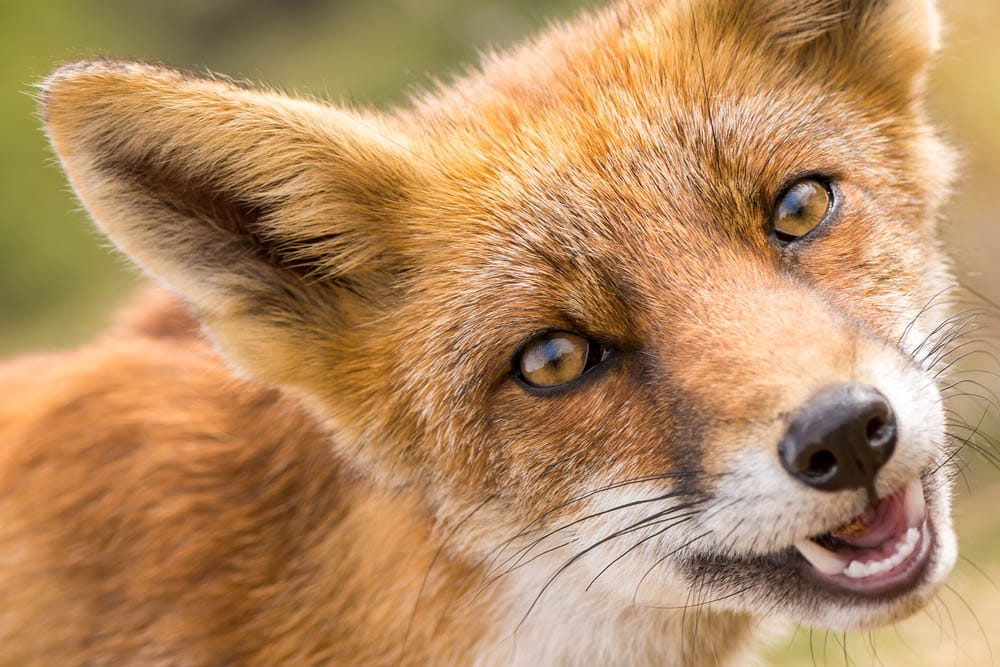
Use social media platforms like Instagram, Facebook, or specialised photography communities to share your fox photos and engage with fellow photographers and wildlife enthusiasts to get feedback.
Consider printing your best photographs and showcasing them in galleries, exhibitions, or local events to reach a wider audience and create a tangible connection with viewers.
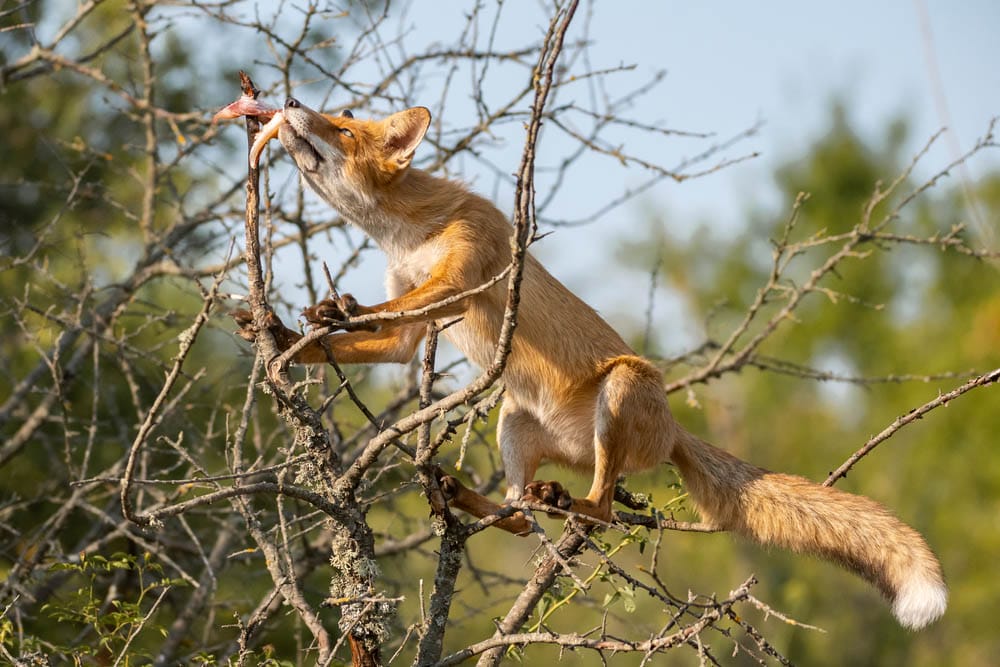
Photographing foxes is a rewarding and captivating endeavour that allows you to immerse yourself in the natural world and capture the unique beauty and essence of these enchanting creatures.
Through research, preparation, and understanding their behaviour, you can create stunning Fox photographs that display their grace, agility, and mysterious charm.
Remember to approach wildlife photography ethically, respecting the animals and their environments, and using your work to advocate for their conservation. So, grab your gear, venture into the wild, and let your lens capture the wild elegance of the foxes.
Explore 11 famous photos in politics and society that became symbols of change. From elections and protests to tragedy and truth.
Photographers elevate your photo editing with Adobe Photoshop Express, a beginner’s guide for spectacular results.
Find everything you need to know in this guide to polarizer lens filters for photography. How do they work and which is the best to buy?
Learn the basics of photography – fast – with our FREE 60-Second Photographer online course. Each class is short and sharp with simple, actionable steps that give you immediate results.
x 30 lessons

© iPhotography™
Become a confident and competent photographer in less than 30 minutes!
Before you leave, make sure you’ve secured your FREE online photography course (worth £29.99)
Each class is just 60-seconds or less making it the fastest and easiest way to learn photography!